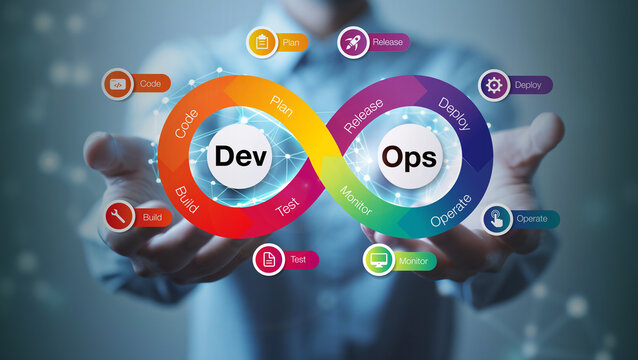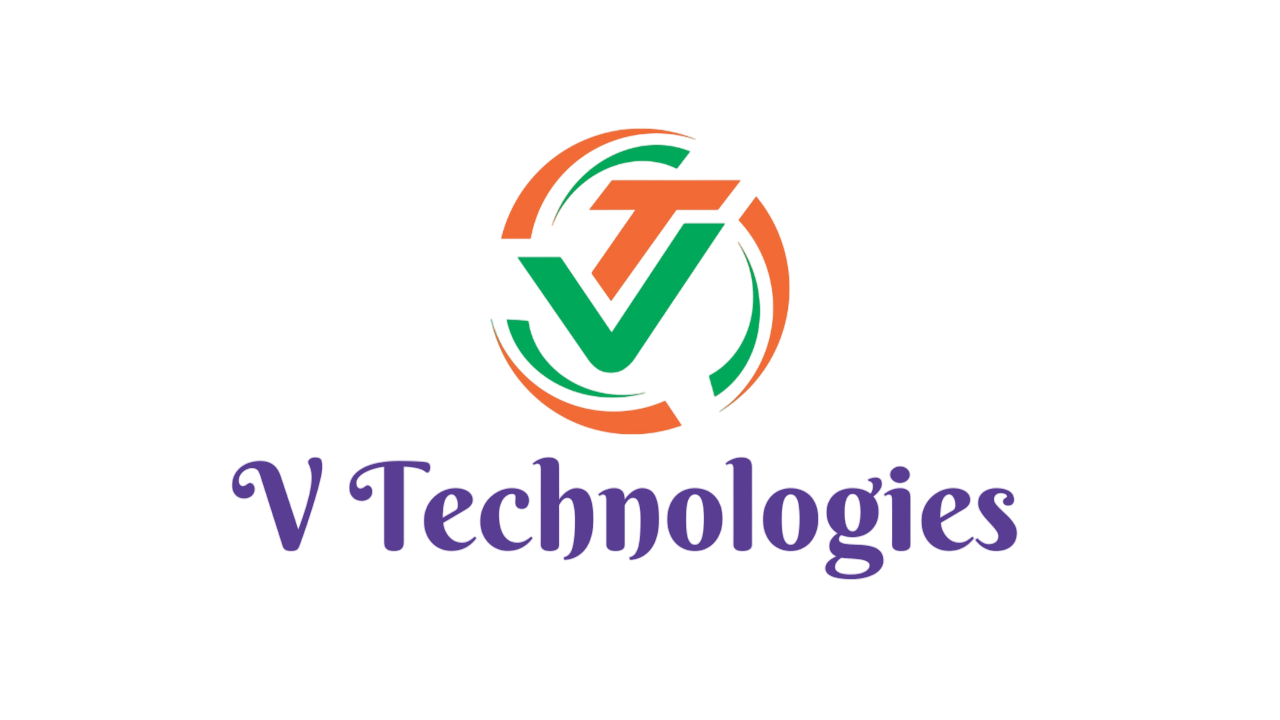The Road Head

As we look toward the future, DevOps remains at the core of modern software delivery. With rapid innovation and increasing system complexity, organizations must continuously adapt—embracing the latest tools, trends, and strategies to stay ahead. In this blog, we explore the emerging trends, essential tools, and best practices shaping the future of development and operations.
Emerging Trends in DevOps
AI & ML Integration
AI and machine learning are now essential to DevOps workflows—enabling predictive monitoring, anomaly detection, and intelligent automation. These technologies empower teams to proactively resolve issues and make faster, smarter decisions.
Rise of Platform Engineering
Internal Developer Platforms (IDPs) are simplifying infrastructure for developers, enabling self-service capabilities while allowing ops teams to maintain governance and control. This approach is boosting developer productivity and streamlining DevOps pipelines.
DevSecOps Maturity
Security is shifting further left. The evolution of DevSecOps ensures that compliance, vulnerability scanning, and incident response are automated and seamlessly integrated across the software development lifecycle.
FinOps for Cloud Cost Optimization
With growing cloud adoption, FinOps is becoming vital. Organizations are aligning engineering and finance to monitor usage, control costs, and ensure financial accountability without compromising performance.
Serverless & Edge Computing
These paradigms are changing how apps are deployed—enhancing scalability, lowering latency, and enabling real-time processing closer to end-users, especially for IoT and mobile use cases.
Tools Defining the Present and Future of DevOps
AI-Powered Monitoring
Platforms like Datadog, Dynatrace, and New Relic are bringing intelligent observability to DevOps—using AI to predict issues and automate performance tuning.
Simplified Container Orchestration
Kubernetes still leads, but lightweight options like K3s and managed services such as AWS Fargate are making orchestration more accessible for smaller teams.
Next-Gen CI/CD
Tools like GitHub Actions, GitLab CI, and CircleCI now feature real-time pipeline insights, automated security scans, and tighter integration across the development lifecycle.
Infrastructure as Code (IaC)
Solutions such as Terraform, Pulumi, and Crossplane are pushing boundaries—supporting hybrid and multi-cloud deployments with greater modularity and scalability.
Cloud-Native & Service Mesh
Service meshes like Istio, Linkerd, and Consul ensure secure, reliable communication between microservices—critical in managing complex cloud-native environments.
DevOps Best Practices for a Future-Ready Approach
Foster Collaboration
Breaking down silos between dev, ops, and security teams fosters a culture of shared ownership, faster feedback, and better outcomes.
Embed Security Early
Security should be integral, not an afterthought. Integrate automated security checks throughout your CI/CD pipeline for robust protection.
Invest in Observability
Implement tools that provide real-time visibility into your systems to accelerate incident response and maintain high availability.
Commit to Continuous Learning
The DevOps landscape evolves fast. Encourage ongoing training, certifications, and experimentation to keep your teams ahead of the curve.
Automate Everything
From testing to deployment, automation reduces human error, speeds up delivery, and ensures consistency across environments.
Looking Ahead: The Future of DevOps
The DevOps ecosystem will continue to evolve—powered by smarter automation, sustainability goals, and increasingly decentralized architectures. Organizations that remain agile, innovative, and committed to continuous improvement will lead the way in this next chapter of digital transformation.
